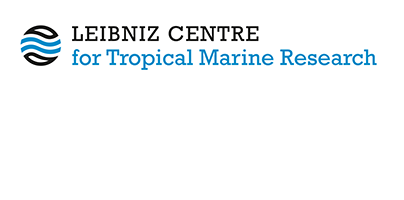Mesozooplankton distribution in the Spermonde Archipelago (Indonesia, Sulawesi) with special reference to the Calanoida (Copepoda).
Cornils, Astrid, Schulz, Jan, Schmitt, Petra, Lanuru, Mahatma, Richter, Claudio and Schnack-Schiel, Sigrid B. (2010) Mesozooplankton distribution in the Spermonde Archipelago (Indonesia, Sulawesi) with special reference to the Calanoida (Copepoda). Deep Sea Research Part II: Topical Studies in Oceanography, 57 (24-26). pp. 2076-2088. DOI https://doi.org/10.1016/j.dsr2.2010.09.011.
|
Text
Richter.pdf - Published Version Restricted to Registered users only Download (800kB) |
Abstract
In September 2005 the mesozooplankton distribution, taxonomic composition and community structure were studied on four cross-shelf and one coastal transects in the Spermonde Archipelago off Makassar (SW Sulawesi). A total of 47 higher taxonomic groups and 89 calanoid copepod species were identified. Copepods outnumbered the other mesozooplankton taxa with 29 to 69%, increasing in importance towards the offshore stations. Appendicularians ranked second (16–24%) followed at the offshore stations by chaetognaths (4.5%) and, at shelf and coastal stations by echinoderm pluteus larvae (11–15%). Within the calanoids, species of the family Paracalanidae, especially Paracalanus cf. parvus, were dominant at all stations. Other abundant families were Temoridae (6.5–17%), Acartiidae (7.2%) and Pontellidae (6.2%) at shelf and coastal stations while Clausocalanidae (8.7%) and Calanidae (6.7) were more abundant at offshore stations.
To investigate the mesozooplankton distribution the 25 stations were grouped into 3 geographical zones based on their topographical and hydrographical differences (coastal, shelf and offshore zone). Some higher zooplankton taxa and about half of the calanoid species occurred only in one or two categories. In general the abundant taxa were spread throughout the Archipelago. To investigate their distribution the abundance data were subjected to a multivariate discriminant function analysis (MDFA). The results revealed that the composition of the mesozooplankton community changed from the coastal zone with a high abundance of meroplankton and neritic copepod species to an offshore community with a higher abundance of holoplanktonic organisms and oceanic copepod species.
| Document Type: | Article |
|---|---|
| Programme Area: | PA Not Applicable |
| Research affiliation: | Ecology |
| Refereed: | Yes |
| Open Access Journal?: | No |
| DOI: | https://doi.org/10.1016/j.dsr2.2010.09.011 |
| ISSN: | 09670645 |
| Date Deposited: | 20 Oct 2025 17:28 |
| Last Modified: | 06 Nov 2025 12:22 |
| URI: | https://cris.leibniz-zmt.de/id/eprint/5830 |
Actions (login required)
 |
View Item |





 Tools
Tools Tools
Tools